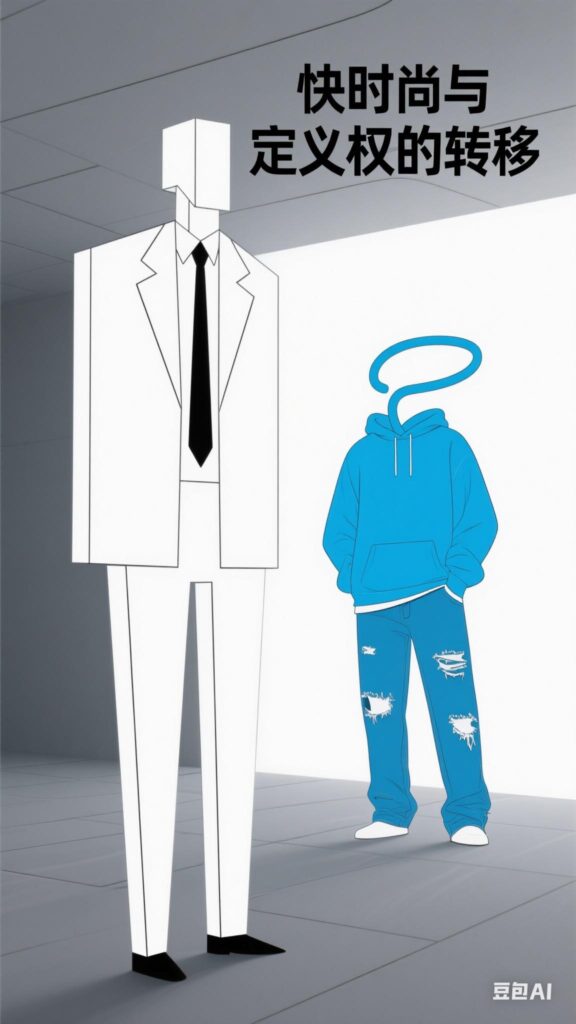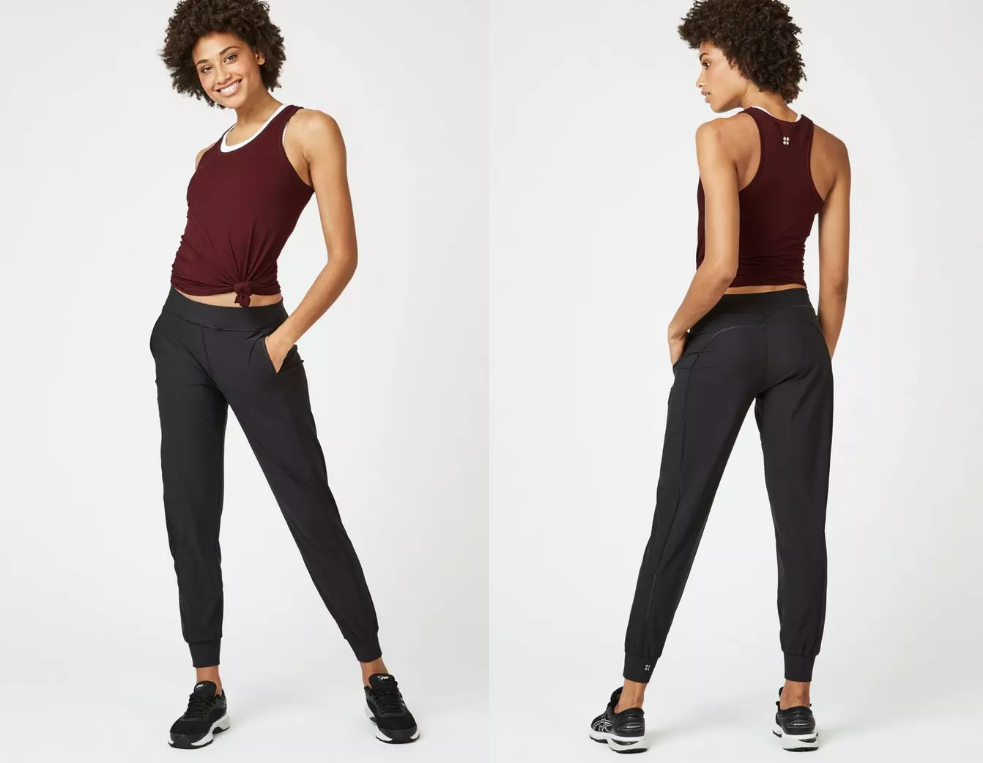In recent years, SHEIN has emerged as a global fashion juggernaut, captivating millions with its ultra-low prices, endless new arrivals, and lightning-fast response to online trends. Yet, in Western countries — particularly in the U.S. and Europe — SHEIN has become a lightning rod for criticism. Activists, fashion veterans, and sustainability advocates accuse the company of running sweatshops, fueling environmental damage, and flooding the market with cheap knock-offs.
But are these criticisms purely about ethics and sustainability? Or do they mask a deeper anxiety within the Western fashion establishment — an anxiety about losing control of a system they once built?

It all started with a fiery exchange between two prominent French fashion figures on LinkedIn. One, the president of a French prêt-à-porter association, regularly lambasted SHEIN in his posts. The other, a creative director from a French fashion house with deep ties to China, challenged him. His counterargument? Perhaps French brands are angry not because SHEIN is unethical, but because SHEIN is winning.
This exchange uncovered a growing schism in the Western fashion world — not just about sustainability, but about who controls the narrative of fashion.
ADVERTISEMENT
ADVERTISEMENTKate Spade Autumn/Winter Sale |
Let’s be honest: SHEIN didn’t create fast fashion. That honor belongs to Western brands like ZARA and H&M, which pioneered the fast fashion model in the late 20th century. SHEIN simply supercharged that model with:
- Algorithms analyzing social media trends
- A hyper-efficient Chinese supply chain
- A feedback loop based on real-time consumer behavior
The result? Thousands of new styles drop daily, priced to move faster than ever. Traditional fashion houses can’t compete.

SHEIN acts as a mirror — one that reflects the uncomfortable truth about fast fashion: it’s not about elegance, ethics, or longevity. It’s about cheapness, speed, and disposability.
That’s a hard pill to swallow for an industry that once prided itself on exclusivity, creativity, and craftsmanship. SHEIN optimized the Western fashion model so efficiently, it laid bare its inherent contradictions.
Beneath the surface-level critiques lies something more profound: the West’s fear of losing its cultural authority.
SHEIN bypasses the traditional power centers of fashion — Paris, Milan, London, New York — and speaks directly to Gen Z on TikTok. In doing so, it dismantles long-held assumptions:
- That fashion should come from the top down
- That design must be filtered through luxury gatekeepers
- That “style” is something to be taught, not co-created
In short, SHEIN democratized fashion — and decentralized its definition. That’s what truly unnerves the old guard.
To the traditional fashion elite, fashion is more than clothing. It’s about aesthetic authority, class distinction, and cultural identity.
But SHEIN hands the reins to the masses. With every viral haul and #OOTD video, everyday consumers decide what’s “in.” That’s revolutionary — and threatening to those who once held the power.
The West’s cry for “sustainability” often comes with a steep price tag. Brands promoting ethical practices frequently sell T-shirts for $100 or more — effectively excluding the very people who need choices the most.
Here’s the contradiction: you can’t shame SHEIN’s customers for choosing affordability when sustainable options are economically inaccessible. Moral consumption is a privilege not everyone can afford.
ADVERTISEMENT
ADVERTISEMENTSports Direct Free Delivery on All Orders! |
Most of SHEIN’s core audience aren’t shopping out of greed — they’re shopping out of necessity and escapism. For many young people facing stagnant wages, housing crises, and mounting pressure, fashion becomes a tiny way to assert control.
When you’re underpaid, overworked, and overwhelmed, do you really care if your $8 dress is ethically sourced? Or are you just looking for a small joy in an otherwise exhausting world?
Attacking SHEIN won’t solve fast fashion. After all, SHEIN is merely the logical evolution of the model the West created. What’s needed is a fundamental rethink:
- Can fashion be both affordable and responsible?
- Can we develop new systems that center both people and planet?
- Can cultural authority be shared, not hoarded?
Until those questions are addressed, the war on SHEIN may be less about justice and more about jealousy.
ADVERTISEMENT
ADVERTISEMENTUp to 30% off Gift Sets |






